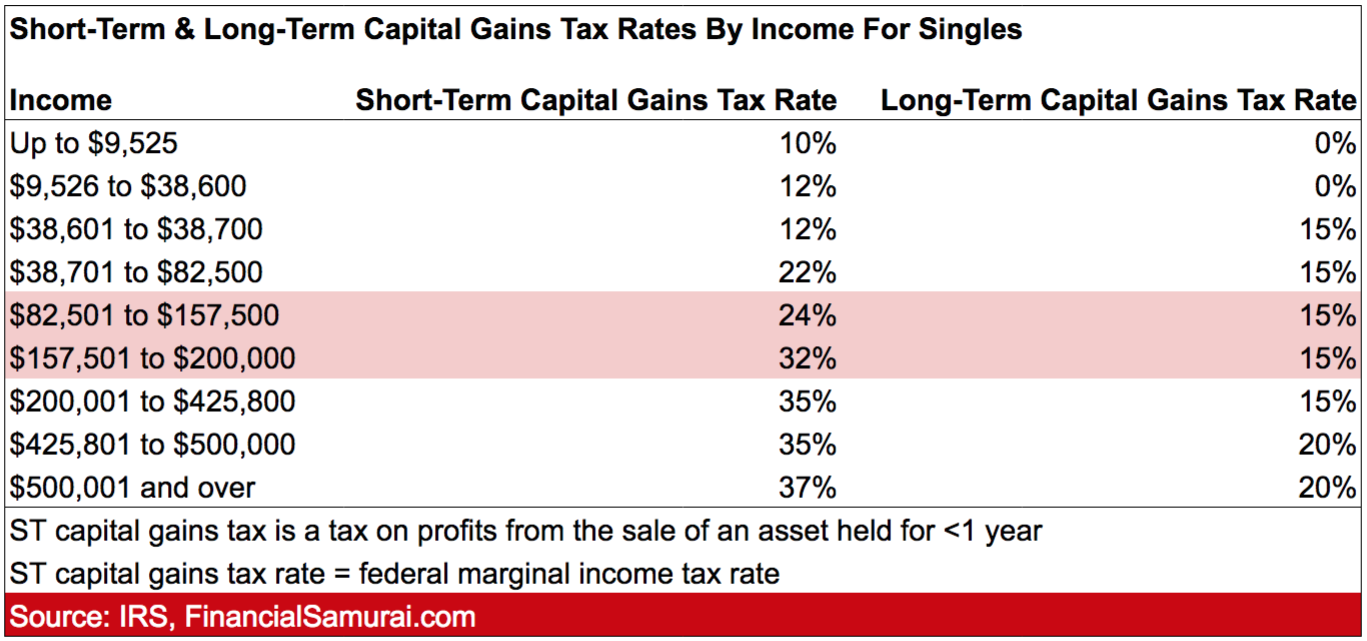
They can have an additional $28,950 of TFII subject to the 0% bracket when their gross income other than TFII is up to $103,350. So, even if they have no deductions for adjusted gross income, their $50,000 of taxable income means they could have gross income, other than TFII, of $74,400 and still be in the 12% regular income tax bracket and 0% bracket for TFII. In 2019 they have a standard deduction of $24,400. Then they either take the standard deduction or itemize expenses. These are listed on the new Schedule 1 that goes with the new Form 1040. Most retirees don’t have any deductions to arrive at adjusted gross income. Going back to Max and Rosie Profits, to determine their tax bracket they first take their gross income and subtract any deductions to arrive at adjusted gross income.

Be-cause of the increased standard deduction and reduction in allowed itemized expense deductions, many more tax-payers will take the standard deduction instead of itemizing expenses. You take either the standard deduction or your itemized expense deductions, whichever is higher. Remember the 2017 tax law just about doubled the standard deductions. The standard deduction or your itemized expense deductions can be key to reducing your taxable income. Your gross income can be higher than these amounts, perhaps substantially higher, and with good tax planning someone with a high gross income still can benefit from the lower rates on TFII. Taxable income is what’s left after taking all your tax deductions and other breaks. The break points for the different tax rates are based on taxable income. That means the Profits could have up to $28,950 of TFII for the year and it would be taxed at the 0% rate.

They’re in the 12% income tax bracket until their taxable income exceeds $78,950. They have $50,000 of taxable income before considering TFII. Suppose Max and Rosie Profits are a married couple who file joint returns. Here’s how the different tax brackets can play out. You don’t pay the maximum 20% rate on TFII until your taxable income equals or exceeds $488,850 for married couples filing jointly or $434,550 for single taxpayers. There’s only a 15% tax rate on TFII when you’re in the 22% tax bracket and most of the 35% tax bracket. In 2019, the 12% bracket tops out at $78,950 of taxable income for married couples filing jointly and $39,475 for single taxpayers. There’s a 0% tax rate on TFII as long as you’re in the 10%- or 12%-income tax bracket. Other types of income are known as ordinary income.

The key is to know about the tax brackets and when tax rates change for long-term capital gains and qualified dividends, which I’ll call tax-favored investment income (TFII). Most retirees and many other individuals shouldn’t have to pay income taxes on those types of income. You can have a significant amount of income and yet pay no income taxes on your long-term capital gains and qualified dividends.


 0 kommentar(er)
0 kommentar(er)
